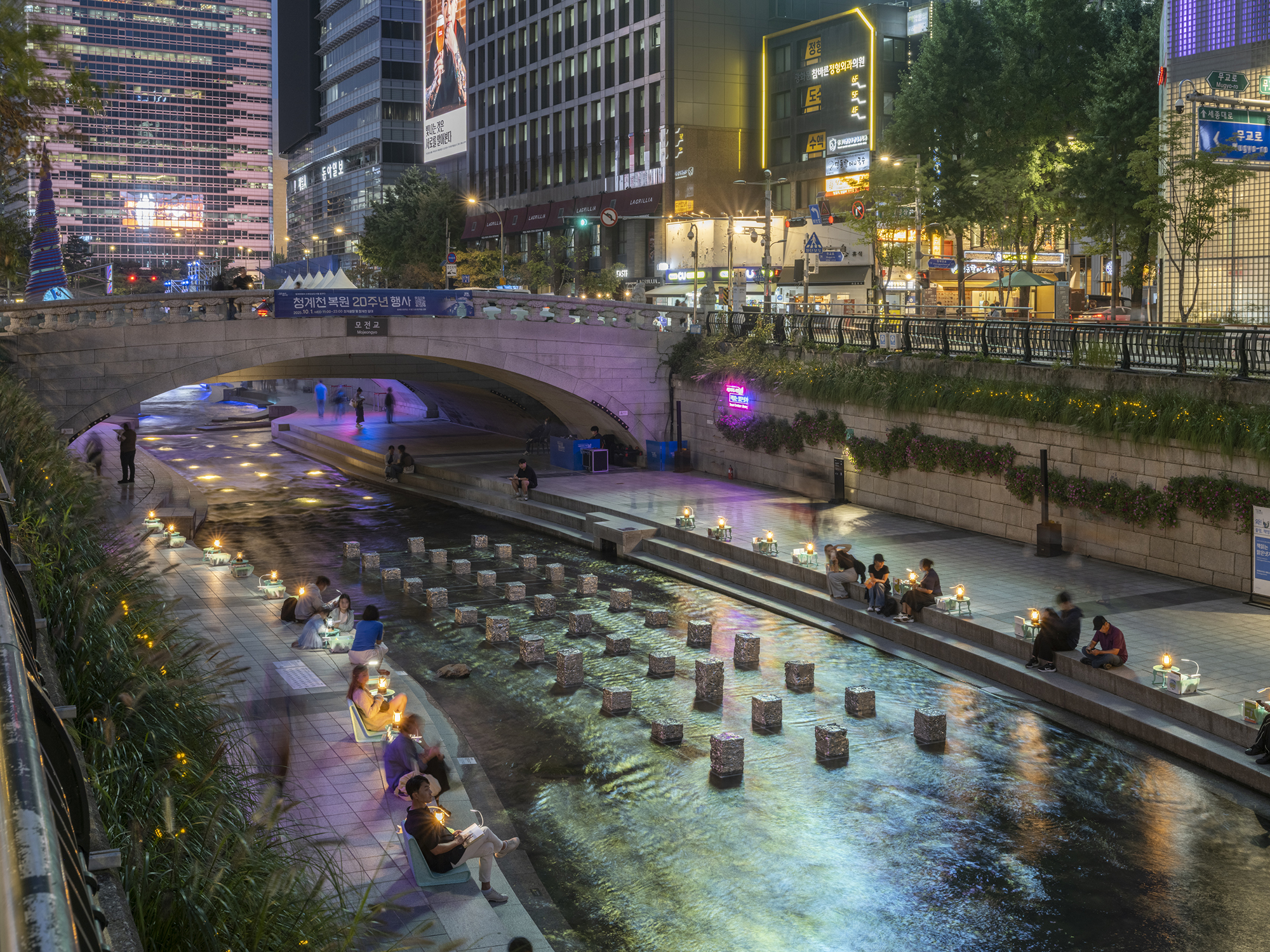
©bojune Kwon
CHEONGGYE YUSEOK
(2025)
청계유석
Project Detail: ︎
2025 Cheonggyecheon Public Art Project 『Inter-Flow Cheonggye』 Winner
서울시 청계천 공공미술 프로젝트 『청계공존:서로를 잇는 예술의 물결』 당선작
Public Art for Cheonggyecheon
Host · Administration | Design Industry Division· Seoul Metropolitan Government
Location |Jung-gu, Seoul , South Korea
Completion | 2025
Material Recycled Aluminum Cubes Supported by a Galvanized Steel Scaffolding
Dimensions | 19m(W) X 3.3m(L) X 0.5m (H)

What critical stance should public art along the Cheonggyecheon adopt?
Cheonggye Yuseok:
Integrating Memory, Ecology, and Public Discourse
Cheonggye-Yuseok is a public art and urban installation situated along Seoul’s Cheonggyecheon Stream—a site where industrial memory, ecological reconstruction, and civic spectacle converge. The project investigates how architectural thinking can operate within public art to integrate material process and collective memory into an urban ecological system. By treating the stream not as a picturesque background but as a dynamic, living archive, Cheonggye-Yuseok redefines public art as a spatial medium for listening, negotiation, and renewal.
1. The Site as Urban Palimpsest
The Cheonggyecheon Stream has long mirrored Seoul’s transformations—from a polluted waterway concealed beneath elevated highways to a restored ecological corridor. Yet beneath its engineered surface, traces of displacement, labor, and modernist ambition remain. Cheonggye-Yuseok positions itself within this layered condition, reading the site as a palimpsest where multiple temporalities coexist and contend. Rather than embellishing the stream, the project interprets it as an urban section of memory, a spatial document where hydrological and social histories are inscribed in matter. Public art in this context assumes an archaeological rather than decorative role. It becomes a means of revealing the suppressed infrastructures of modernization and the collective memories embedded in them—a way for the city to sense itself through material and time.
2. Material and Temporal Agency
Architecturally, Cheonggye-Yuseok engages stone, water, and sediment not as inert materials but as performative agents capable of recording environmental change. Drawing from theories of material agency and process-based design, the project understands erosion, deposition, and flow as co-authors of form. This approach situates the work within the lineage of ecological design that values attunement over control. The project’s formal language is therefore not imposed but negotiated—shaped by the fluctuating conditions of water level, light, and season. The installation accepts instability as a design condition, registering transformation as a temporal drawing. In doing so, it challenges architecture’s conventional pursuit of permanence, proposing instead a model of temporal expression—a structure that gains meaning through its evolving relationship with environment and memory.
3. Ethics of Integration
Within the socio-political discourse of Seoul’s urban regeneration, Cheonggye-Yuseok asks how art and architecture might engage the city ethically, without aesthetic domination or instrumental simplification. It argues for an ethics of integration, where design acts as a mediator between ecological process, historical narrative, and public life. This integrative stance refuses the binary between art as autonomous object and architecture as functional infrastructure. Instead, it conceives of public art as a civic mechanism of reflection—a porous structure through which citizens, matter, and memory interact. The project does not declare but listens; it does not monumentalize but traces. Through this quieter form of engagement, it reclaims public space as a field of shared cognition and ethical imagination.
4. Architecture as Listening
At its core, Cheonggye-Yuseok redefines architecture as an act of listening. The project’s methods—hydrological mapping, site observation, and slow material testing—transform the design process into a dialogue with the stream’s rhythms. By working with time rather than against it, the project resists the spectacle of beautification and instead cultivates sensitivity to subtle change. This approach resonates with recent discourses in processual urbanism and ecological aesthetics, which frame the built environment as a living system rather than a static composition. In this sense, Cheonggye-Yuseok serves as both environmental artifact and speculative proposition: a prototype for how design can transform remembrance into spatial practice, and matter into ethical inquiry.
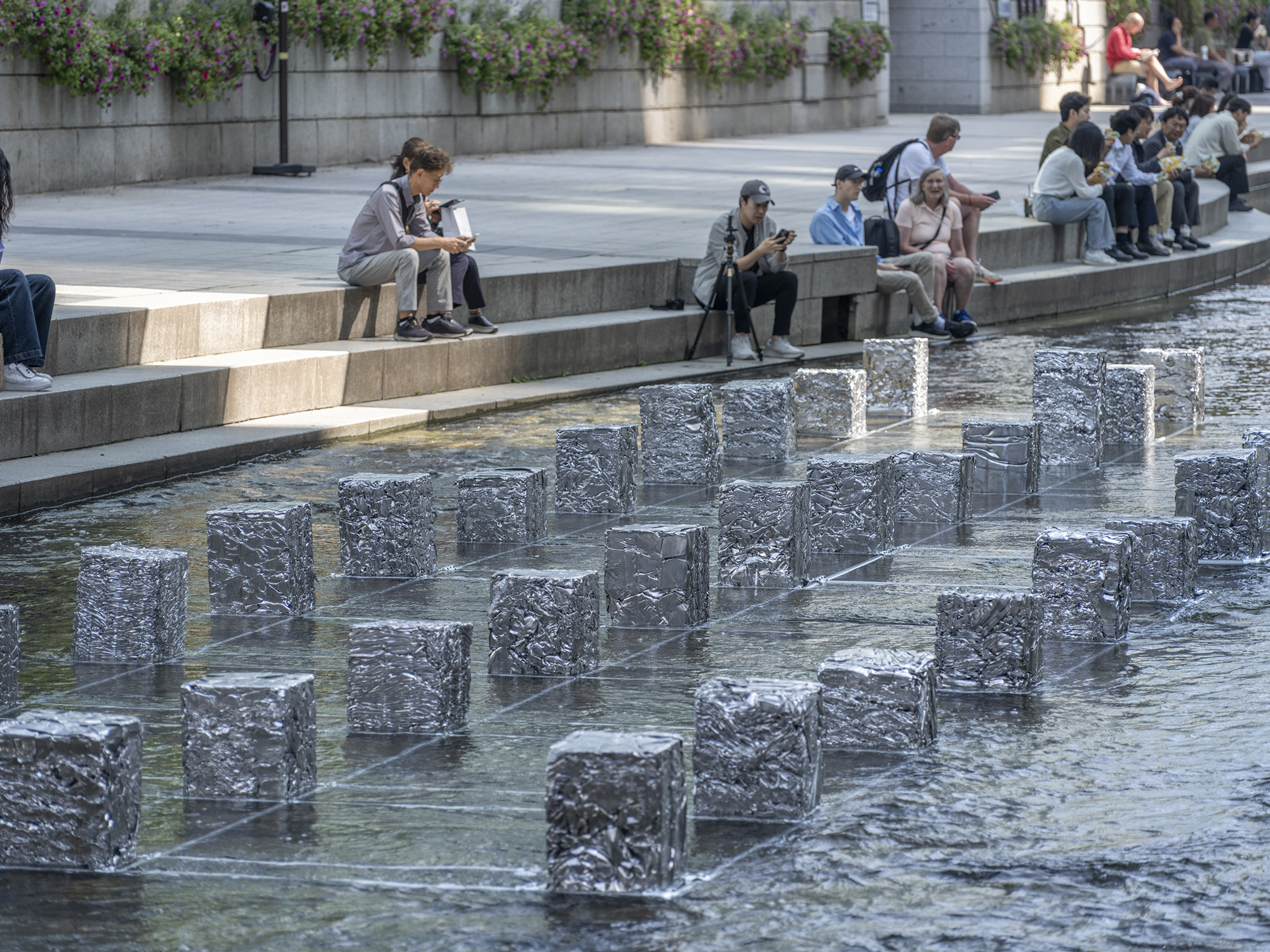
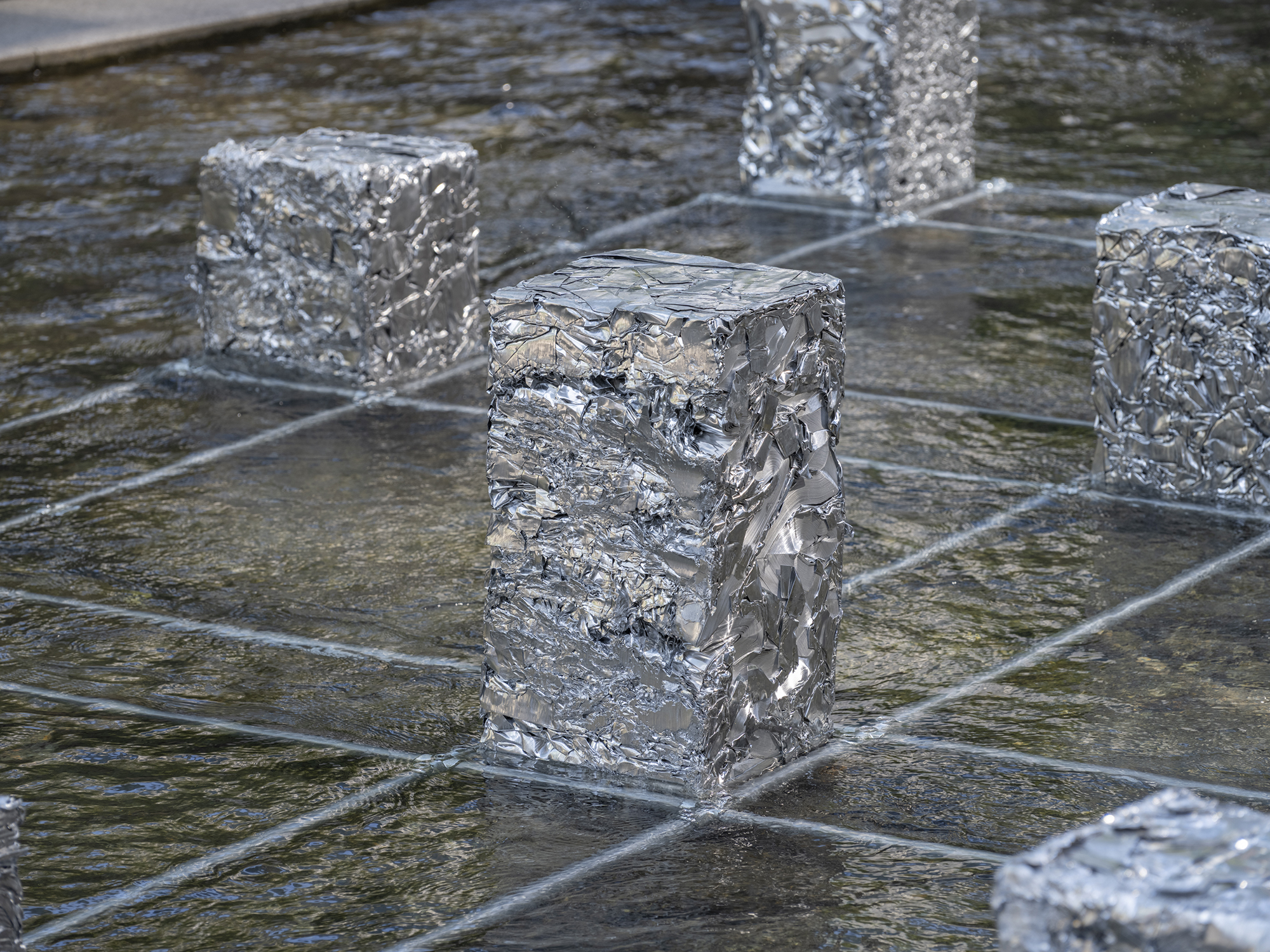
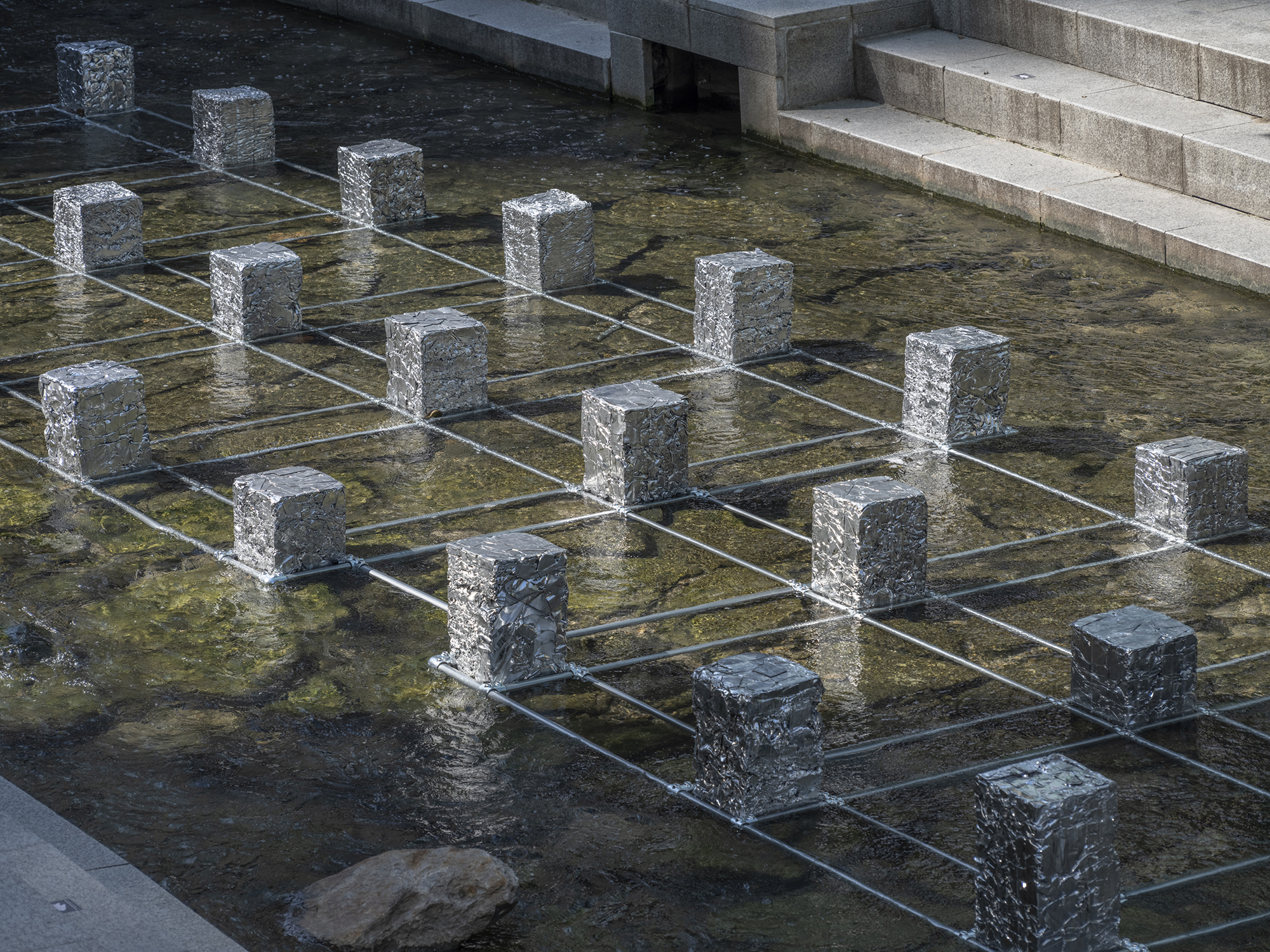
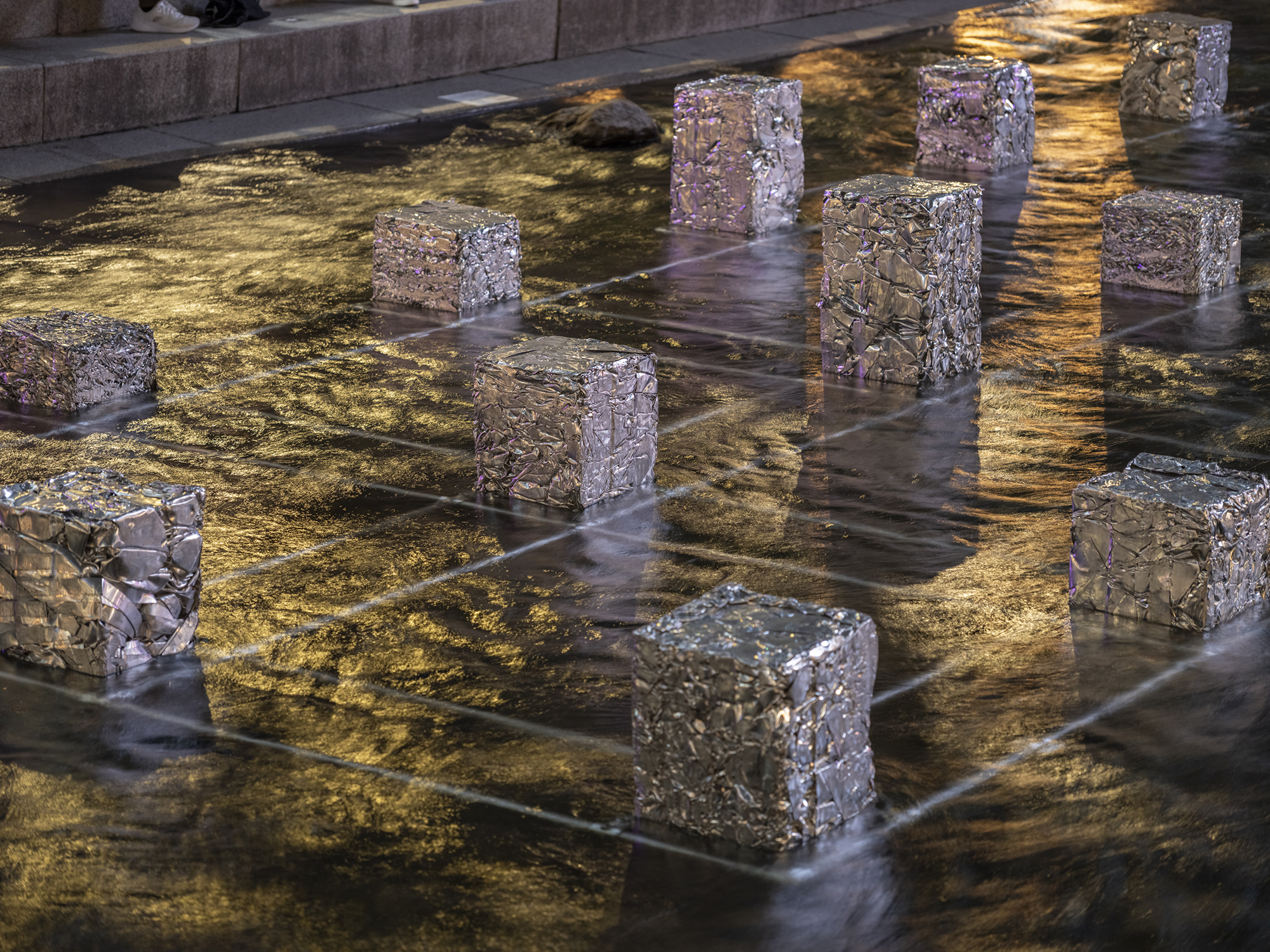
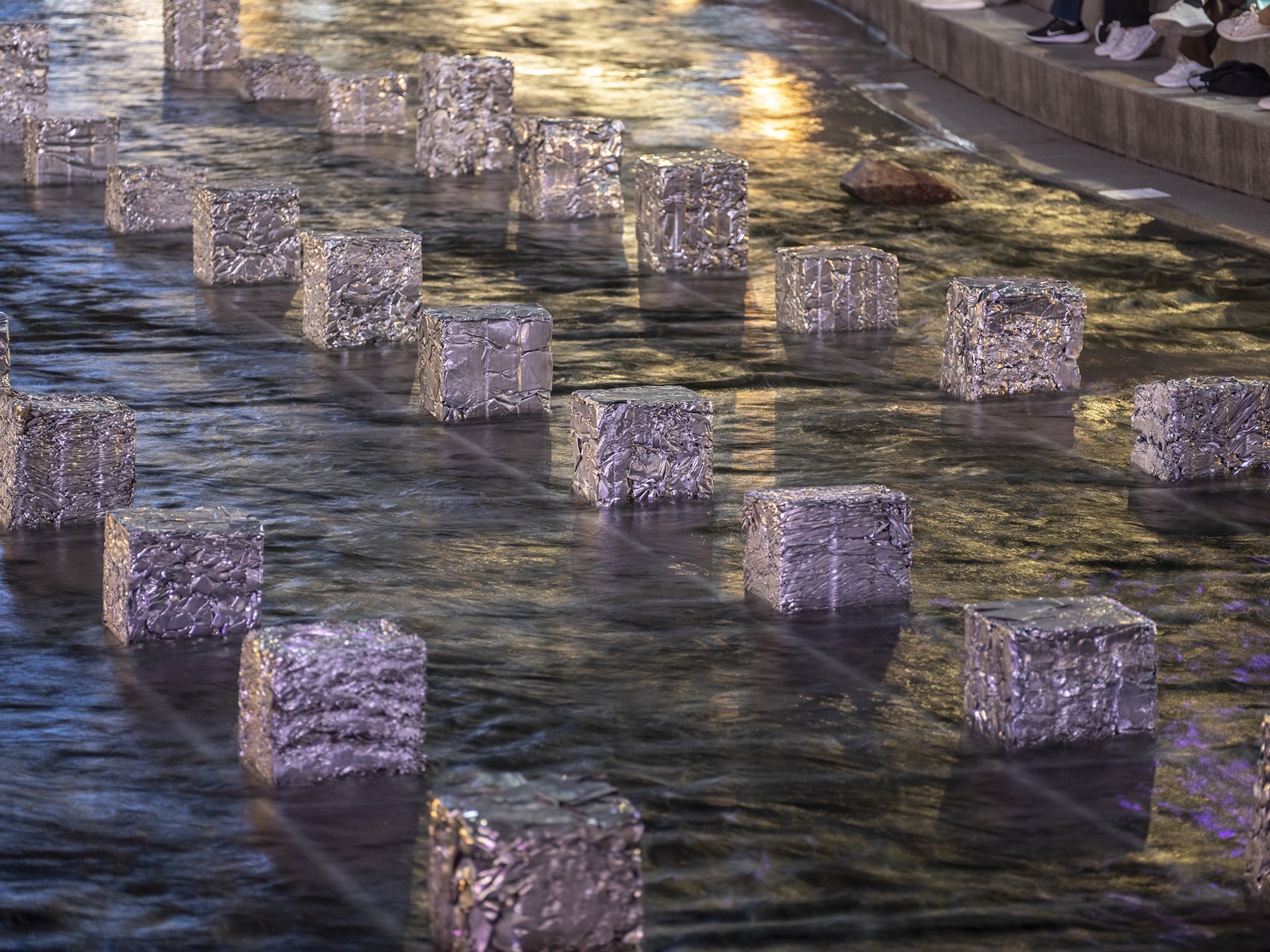
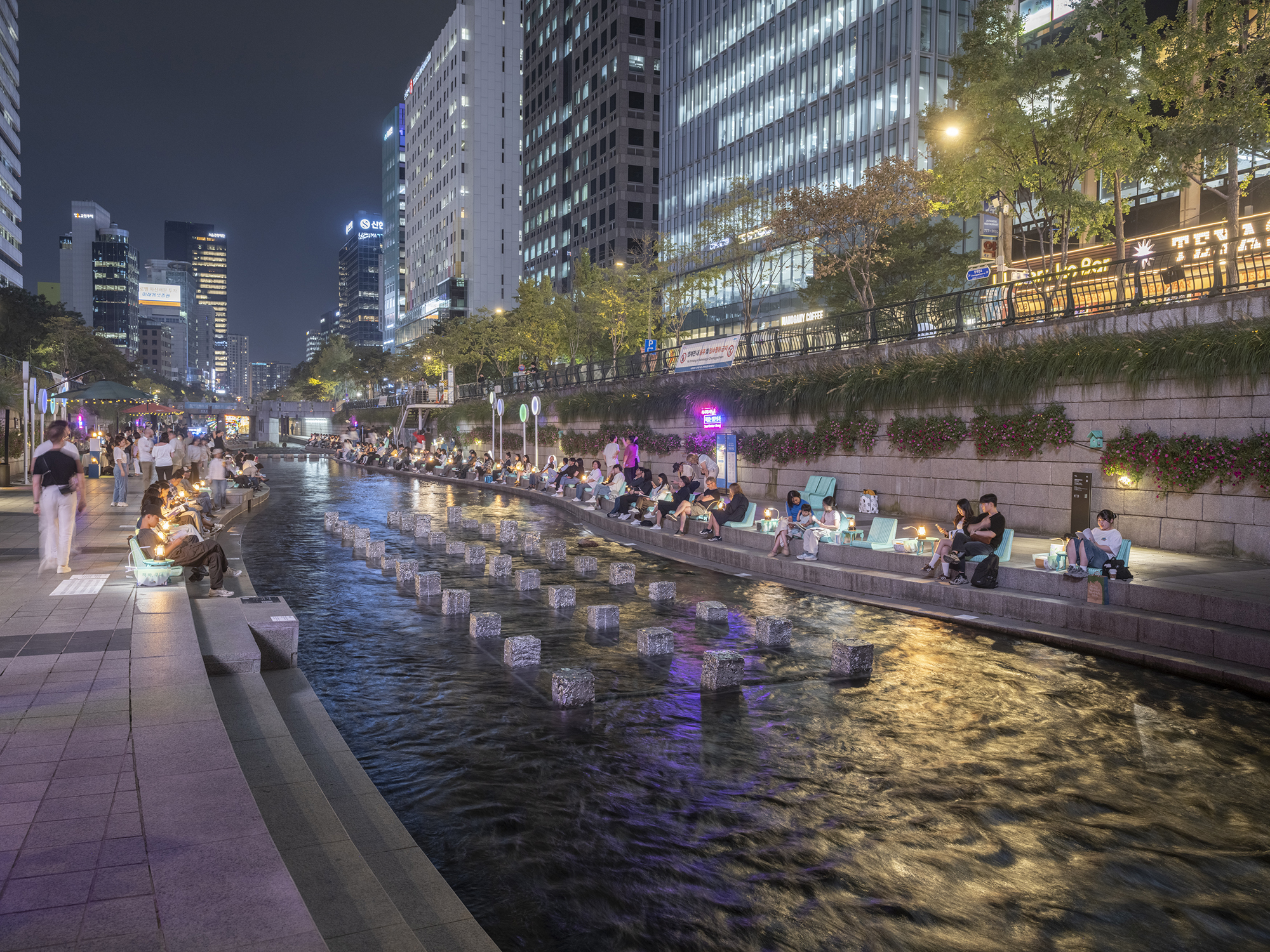
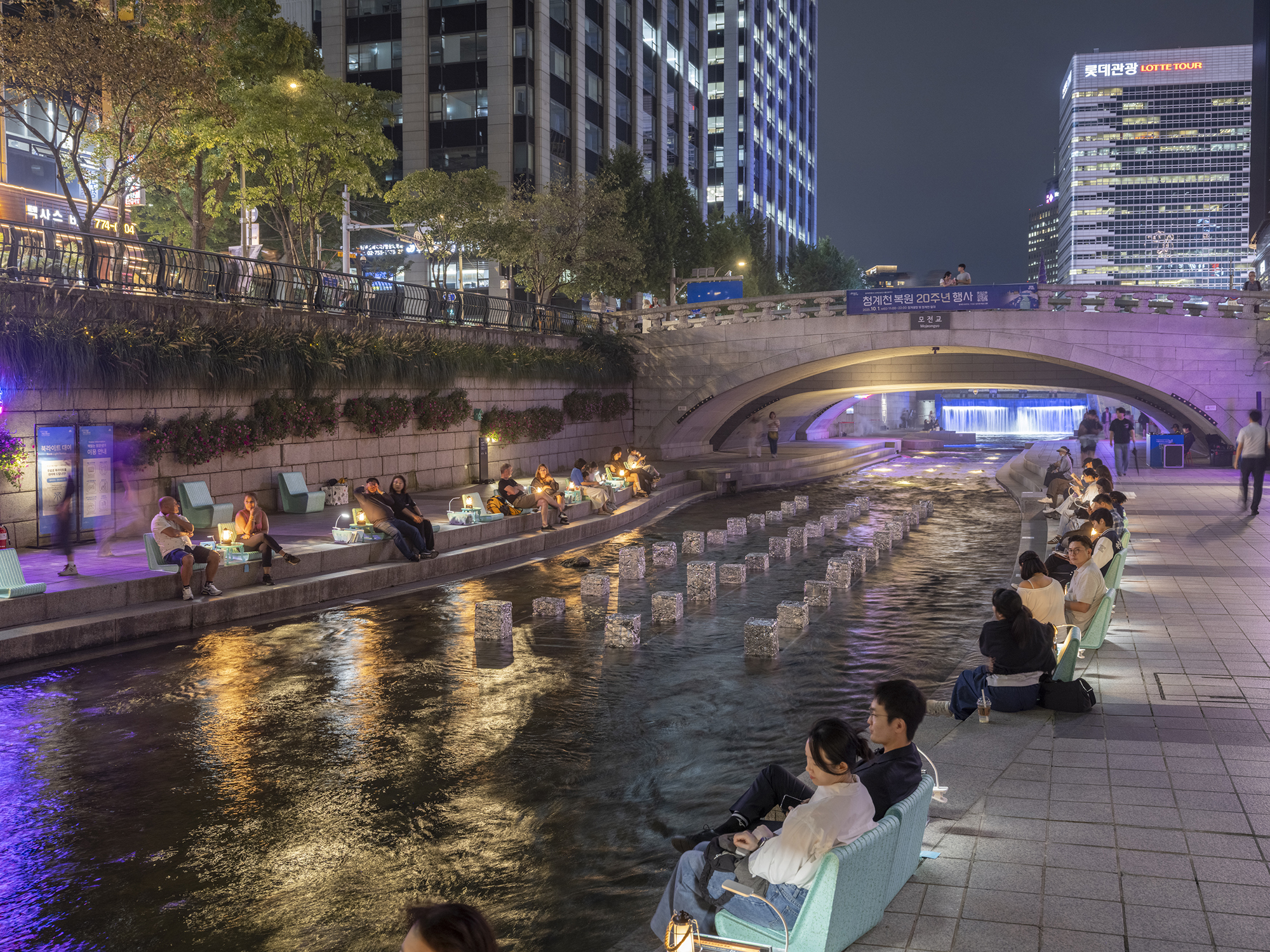
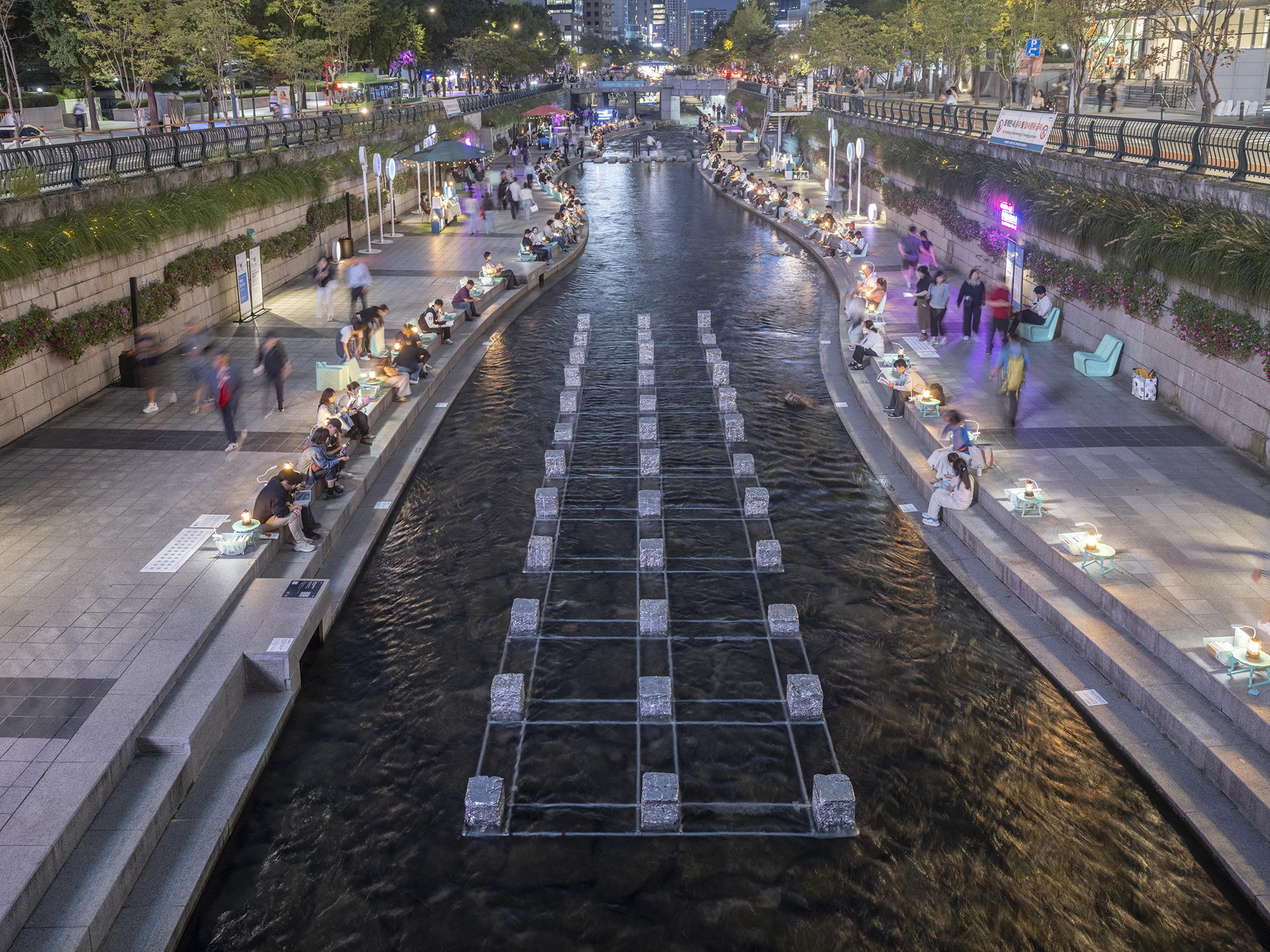
©bojune Kwon

